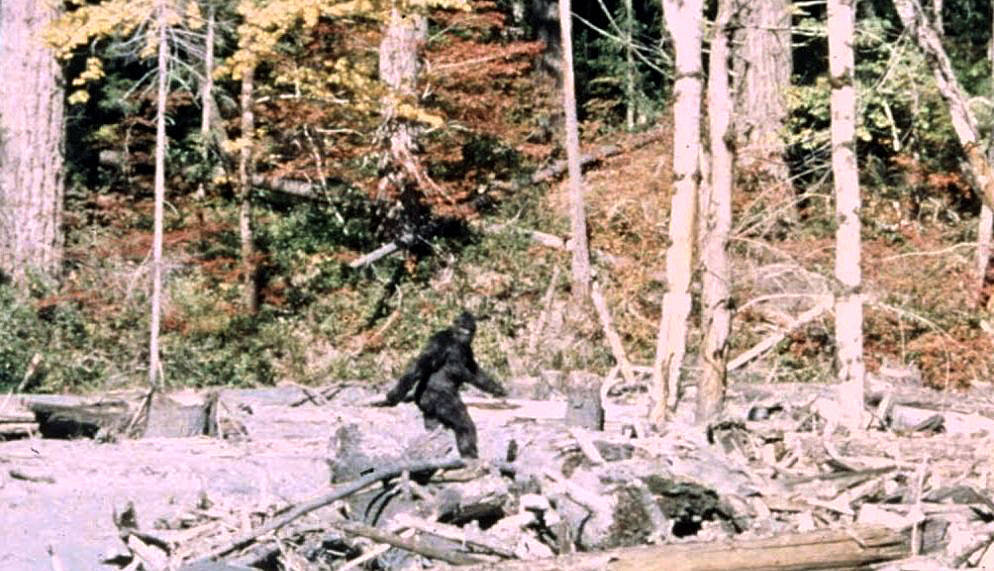Awesome pics. Great size. Look thick. Solid. Tight. Keep us all posted on your continued progress with any new progress pics or vid clips. Show us what you got man. Wanna see how freakin' huge, solid, thick and tight you can get. Thanks for the motivation
The well-developed arms indicate that this is an allosaurine species. They split off very early from the theropod family tree and there are no members from which feathers are known.
I'm glad dinosaurs are now sometimes feathered, but it makes it hard to keep track of who gets em and who don't.
Yeah, it's a bit confusing at times. Bird evolution only gets weirder the more fossils show up in China. Like, a few years ago, they've found tiny dinosaurs that had both dense feathers and bat-like wings and where gliding from tree to tree. Couple million years later, there's suddenly small raptors that had long feathers on both arms and legs, so they had four wings. And there's actual archaic birds in the same environment. Then there's a bunch of dinosaurs from various families that already had toothless beaks when many actual birds still had teeth. It's a mosaic of traits that evolved convergently, independent from each other, over and over again, sometimes resulting in dead ends like the four-winged microraptors, sometimes resulting in non-bird dinosaurs that were very, very similar to kasowaries or ostriches that only evolved tens of millions of years later. And then there's elephant-sized ground sloth birdy dinos like Therizinosaurus.
But there's also theropod dinosaurs that definitely had scales all over their body, like the abelisaurids. And the largest tyrannosaurines seem to have lost their feathers at some point, because they got so big that they didn't need feathers for heat insulation anymore. Basicaly, if it splits off from the theropod family tree before Compsognathus, then no feathers. If it's larger than 10 meters, probably no feathers anymore, at least in warm climates.
But that's just the theropods, the closest relatives of birds. The long-necked sauropods were scaly, but they already had a key adaptation of birds, hollow bones filled with air sacks. It's what allowed them to get so huge, that would not be possible for a land animal with massive bones like a mammal. It would collapse under it's own weight.
with all that muscle definition i was really expecting some other well defined anatomy as i scrolled down :horror:

